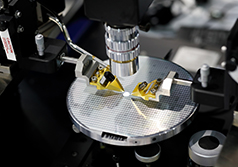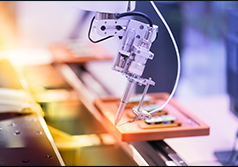Navigating the World of Automotive Relays: Types, Operations, and Maintenance
Introduction:
Automotive relays play a vital role in the electrical systems of vehicles, serving as crucial components that control various devices. This article explores the concept of automotive relays, their classifications, working principles, functions, and provides insights into the storage conditions and testing methods for these essential components.What is an Automotive Relay?
An automotive relay is an electromechanical switch designed to control high-current electrical devices in a vehicle. It acts as a mediator between the low-current control circuit, often operated by the vehicle's electronic control unit (ECU) or a switch, and the high-current load circuit.Classification of Automotive Relays:
Automotive relays come in various types, each designed for specific applications. Common classifications include:Single-Pole Single-Throw (SPST) Relays: These relays have one set of contacts and are either normally open or normally closed.
Single-Pole Double-Throw (SPDT) Relays: Featuring one common terminal, one normally open contact, and one normally closed contact, SPDT relays can switch between two different circuits.
Double-Pole Single-Throw (DPST) Relays: These relays have two sets of contacts that operate simultaneously, either both open or both closed.
Double-Pole Double-Throw (DPDT) Relays: With two sets of contacts, DPDT relays provide more complex switching options, allowing them to control two independent circuits.
Working Principles of Automotive Relays:
The basic working principle involves the energization of the relay coil, creating a magnetic field that moves the relay's internal components. This movement either opens or closes the contacts, controlling the flow of current in the connected circuit.Functions of Automotive Relays:
Automotive relays serve diverse functions within a vehicle's electrical system, including:Controlling Lights: Relays are commonly used to control headlights, fog lights, and other lighting systems.
Operating Motors: They facilitate the operation of various motors, such as those in windshield wipers, power windows, and radiator fans.
Engaging Solenoids: Relays are essential for engaging solenoids in systems like starter motors.
Protecting Circuits: Relays can act as protective devices, isolating circuits to prevent damage during electrical faults.
Storage Conditions and Testing Methods:
Proper storage conditions are crucial to maintaining the reliability of automotive relays. They should be stored in a cool, dry place, away from direct sunlight and extreme temperatures. Testing methods involve checking for continuity, resistance, and inspecting the relay for signs of physical damage or wear.Conclusion:
Subscribe to Us !
Related Parts More
-
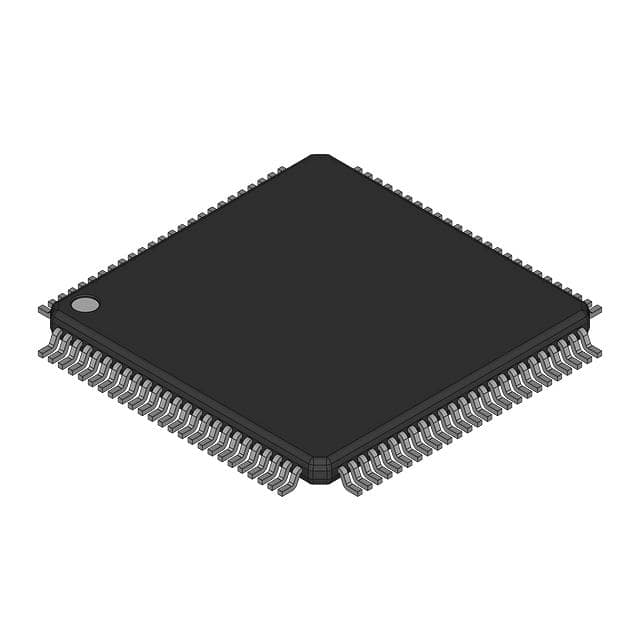 LV71081E-MPB-E
LV71081E-MPB-Eonsemi
-
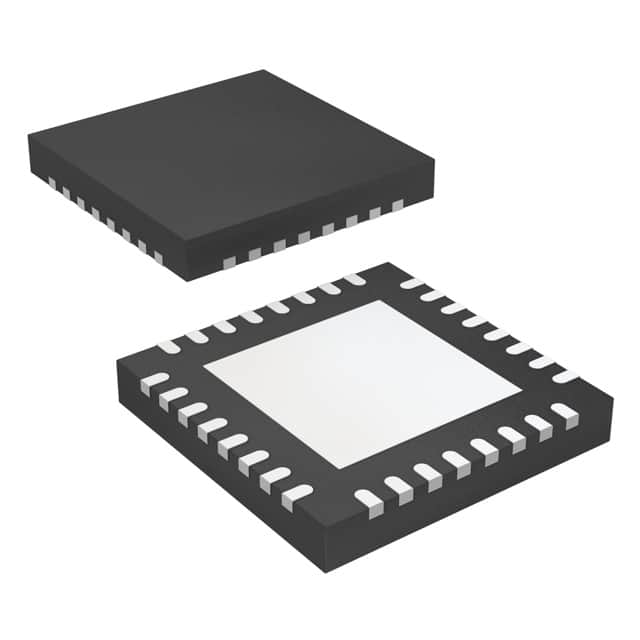 LMK00334RTVRQ1
LMK00334RTVRQ1Texas Instruments
-
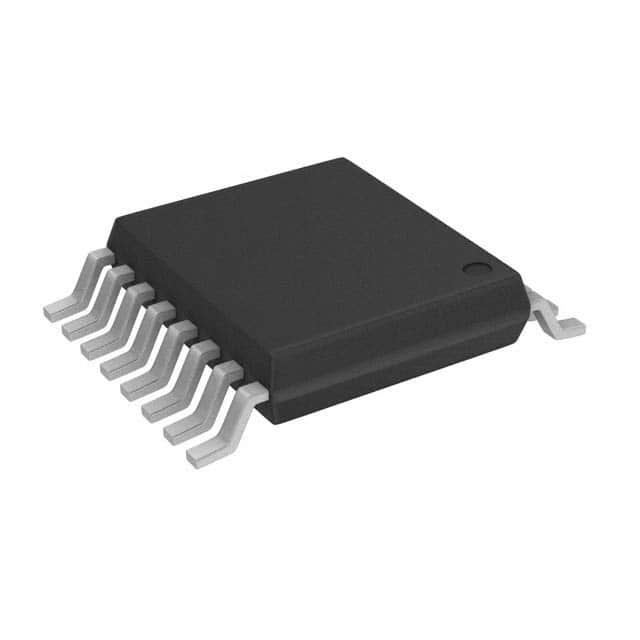 PI6C557-03LEX
PI6C557-03LEXDiodes Incorporated
-
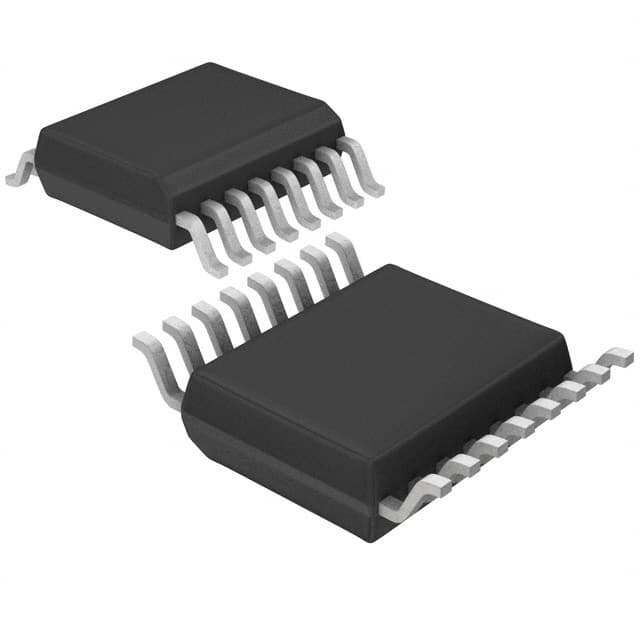 PCM1753DBQR
PCM1753DBQRTexas Instruments
-
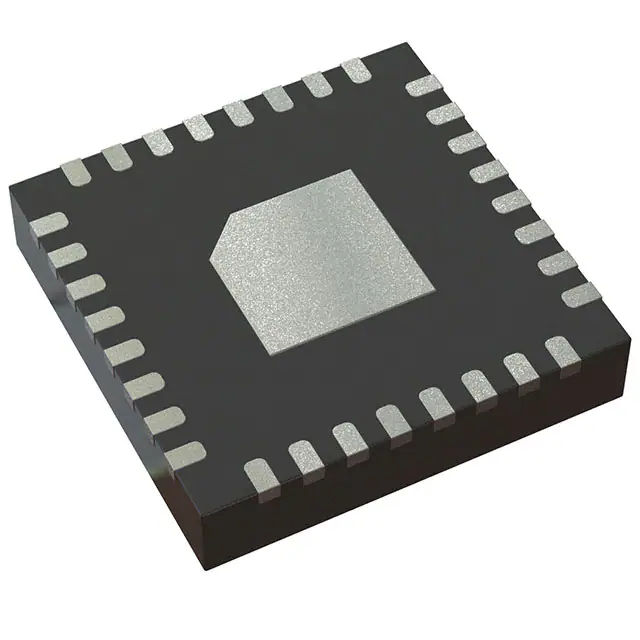 ADS1204IRHBT
ADS1204IRHBTTexas Instruments
-
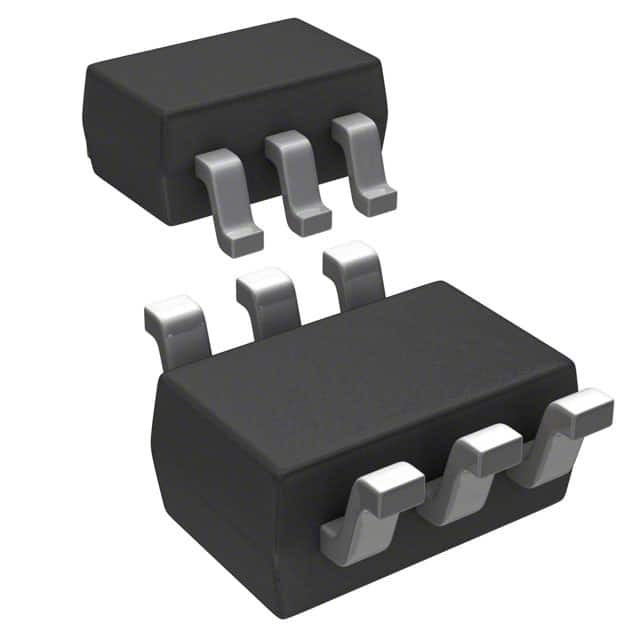 MCP4018T-104E/LT
MCP4018T-104E/LTMicrochip Technology
-
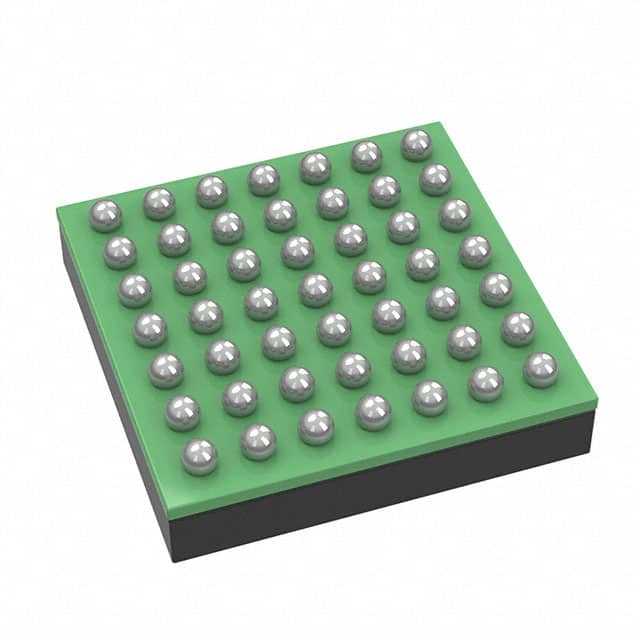 T4F49C2
T4F49C2Efinix, Inc.
-
.jpg) A40MX02-PLG44
A40MX02-PLG44Microchip Technology
-
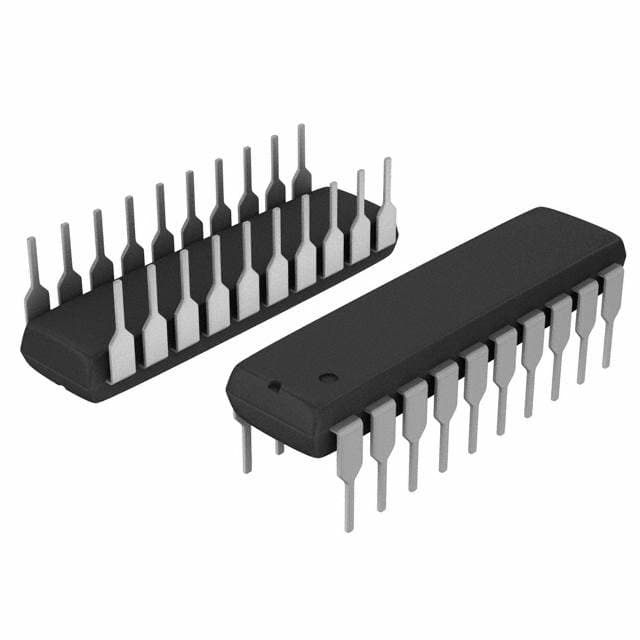 ATF16V8C-7PU
ATF16V8C-7PUMicrochip Technology
-
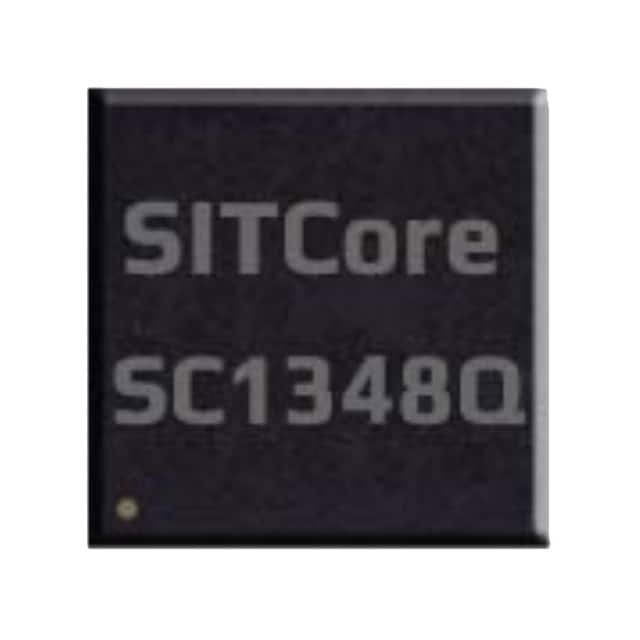 SC-13048Q-A
SC-13048Q-AGHI Electronics, LLC



